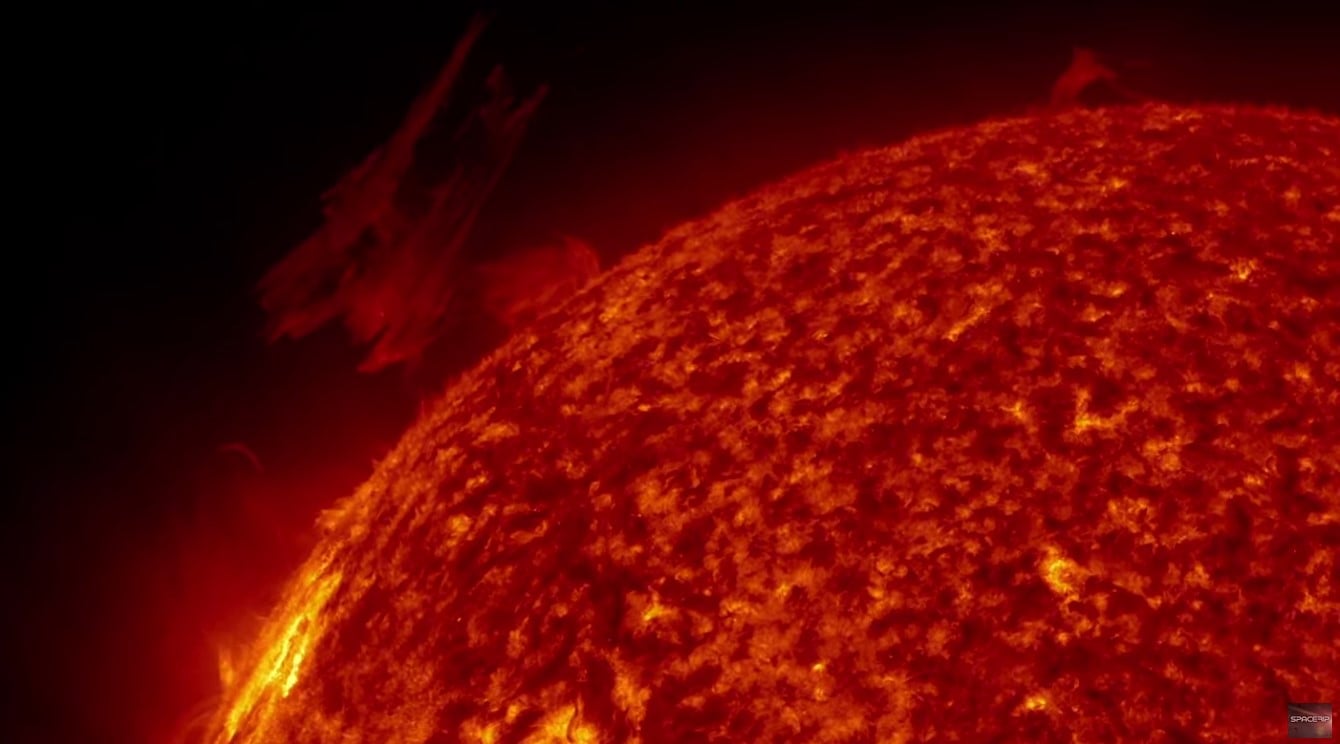A collaboration between NASA and MIT scientists has measured decreases in the Sun’s gravitational grip by looking at changes in Mercury’s orbit.
The Sun’s Gravitational Grip
As time goes by, the orbits of planets in our solar system are gradually expanding. This change happens very gradually, but as time goes on the Sun’s gravitational grip weakens as our central star gets older and older. Until now, the actual decrease in the grip hasn’t been easily quantifiable, but SpaceDaily reports that a research team built of researchers from both NASA and MIT have given us a more concrete answer as to the effects of age on the Sun’s gravitational grip by looking at Mercury’s orbit.
While we had earlier predictions as to the extent of the decrease in the grip, this new information provides new values that will further reduce the amount of uncertainty.
According to Antonio Genova, a Massachusetts Institute of Technology researcher working at NASA’s Goddard Space Flight Center and the lead author of the study, “Mercury is the perfect test object for these experiments because it is so sensitive to the gravitational effect and activity of the Sun.”
The Study Process
The reduction in the Sun’s gravitational grip was measured by improving Mercury’s charted ephemeris – a depiction of the planet’s position in our sky over time. In order to improve upon the ephemeris, the research team looked at radio tracking data that was originally intended to monitor the location of NASA’s MESSENGER spacecraft while the mission was active.
The MESSENGER spacecraft – short for Mercury Surface, Space Environment, Geochemistry, and Ranging – made three different flybys of Mercury back in 2008 and 2009 and then orbited the planet from 2011 through 2015. Using this data, the scientists worked backwards and analyzed the subtle changes in Mercury’s motion which gave them a good idea of how the sun’s gravitational grip affected the orbit.
Geophysicist Erwan Mazarico of the Goddard Space Flight Center said that, “We’re addressing long-standing and very important questions both in fundamental physics and solar science by using a planetary-science approach.”
Although we still can’t arrive at an exact number for the decrease in the Sun’s gravitational grip, we do have a narrower range right now as well as a better understanding of the calculations.
“By coming at these problems from a different perspective, we can gain more confidence in the numbers, and we can learn more about the interplay between the Sun and the planets.”
Co-author Maria Zuber, vice president for research at MIT, explained the significance of the study, stating that “The study demonstrates how making measurements of planetary orbit changes throughout the solar system opens the possibility of future discoveries about the nature of the Sun and planets, and indeed, about the basic workings of the universe,”
While new information regarding the Sun’s gravitational grip may not have any immediate applications, there’s something to be said for further understanding the Sun, considering its central position and importance to our solar system as a whole.





